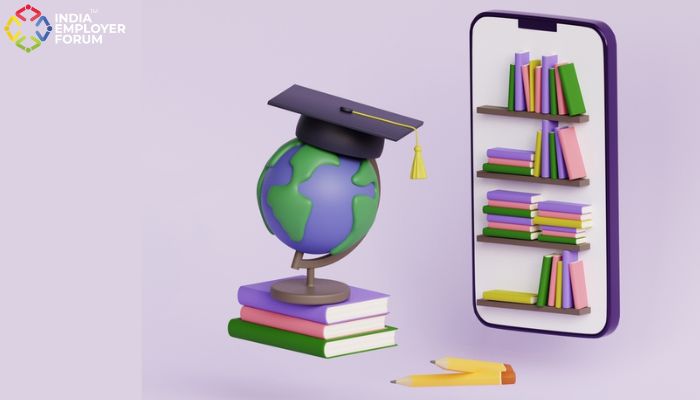Education is the foundation of success and prosperity, both on an individual and societal level. And there is lots more to education than meets the eye; learning different concepts is only a part of it. Due to this significance, the modern world puts so much emphasis on education. The traditional education model is still popular and preferred, but it will be safe to say that the digital model has also started to make its mark, especially in the last couple of years. There has been an emergence of newer and better digital technology to support the digital education model. The pandemic has also played its part in this sudden increase in the popularity of digital learning platforms.
Pandemic-specific norms, especially social distancing and lockdowns, have contributed immensely to the emergence of the digital education model as an alternative and complement to the traditional classroom-based model. It would only be fair to mention all the challenges that students, teachers, and parents faced to get used to an entirely new way of learning. This shift could also be compared to how businesses were forced to operate remotely and how tough it was for employers and employees to overcome the challenges.
Virtual classrooms, e-learning, and online resources are now the new reality of the education sector and its stakeholders. However, it would still be hard to imagine a world that only relies on digital education. How successful this model can be is still hard to gauge, and this is why there is a need for it to be coupled with the traditional classroom model. Together, both these different types of education models can be the solution to the current challenges and those that the world could encounter in the future. And this is where blended learning comes in. It is a mix of the two methods of providing and acquiring education.
You might also be interested to read: Ensuring Continuous Learning In The Workplace
Many institutions worldwide have been quick to adopt this new way of learning. Blended learning is the future of education. It has a lot to offer in ensuring that everyone, irrespective of their location and financial or societal status, gets access to high-quality education. Also, blended learning makes education accessible and relatable for people of different age groups. It brings together the best of both worlds to provide an engaging and immersive learning environment for all learners. It also draws a comparison with the hybrid working model in the business world. Hybrid allows employers to allow their employees to distribute their total work hours into remote work hours and office work hours, respectively. Like blended learning, many experts are tipping the hybrid work model to be the future.
A recent survey done by Financial Advisor proves that blended learning will be a hit, especially in India. The survey revealed that most Indians would prefer a learning model that combines physical training and online learning. More than 80% of people who participated in the survey believe that blended learning is the way to go as it gives students a university learning experience. Globally, more than 85% believe that online learning will become a permanent solution at different levels of education. Similarly, about 87% of Indian students also believe that online learning will be an integral part of the education experience in the future, which points towards the adoption of blended learning at scale.
The growing popularity of blended learning can also be put down to the importance and advantages of experiential learning. Routine learning that only involves theoretical understanding will become obsolete in a few years. The education world is moving towards an education model that combines rote learning with action-based knowledge. Both experiential and rote learning can complement each other very well. Rote learning can be used in more straightforward concepts, while experiential learning can be ideal for teaching more complex concepts and ideas. The learning retention rate also goes up for students when they choose the more immersive way of learning. While rote learning has its benefits, it alone is not the solution for the modern learning needs of students. Its shortcomings can be a process that is more worthwhile and fun for students. Blended learning is here to stay.
Blended learning provides students with a way to make learning more enjoyable. When students are made to study repetitive concepts, look at the classroom board or sit in front of the laptop screen for a while, it can be both a physically and mentally exhausting experience for them. It can make teachers look around for motivation too. Blended learning can give a new lease of life to the entire learning process and its participants.
Keeping all these things in mind, it is ideal for schools, colleges, and other educational institutions to start offering inclusive learning solutions to their students. In addition to creating a culture of self-learning, blended learning provides a more cost-effective way to both host and take education programs. To begin with, educational institutions need to prepare their teachers well so that they can get the best out of this new way of learning. On the other hand, students need to see themselves as co-learners to make the exchange between themselves and teachers more engaging, fun, and effective.
References:
- Blended Learning Will Be the Way Forward For the Education Sector | Entrepreneur | Charu Noheria | January 13, 2022
- Importance of blended learning in the era of digital education | India Today | March 25, 2021
You might also be interested to read:






